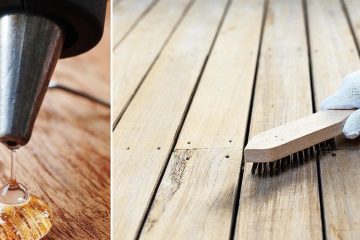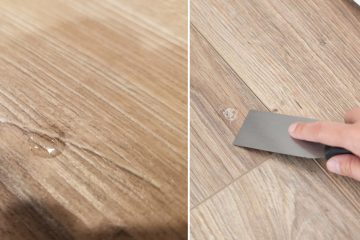Super glue, also known as CA glue or cyanoacrylate adhesive, is a go-to solution for quick fixes and crafty projects. But what happens when you need it to be a bit runnier? Let’s dive into how to thin super glue and explore some nifty tricks to get it right.
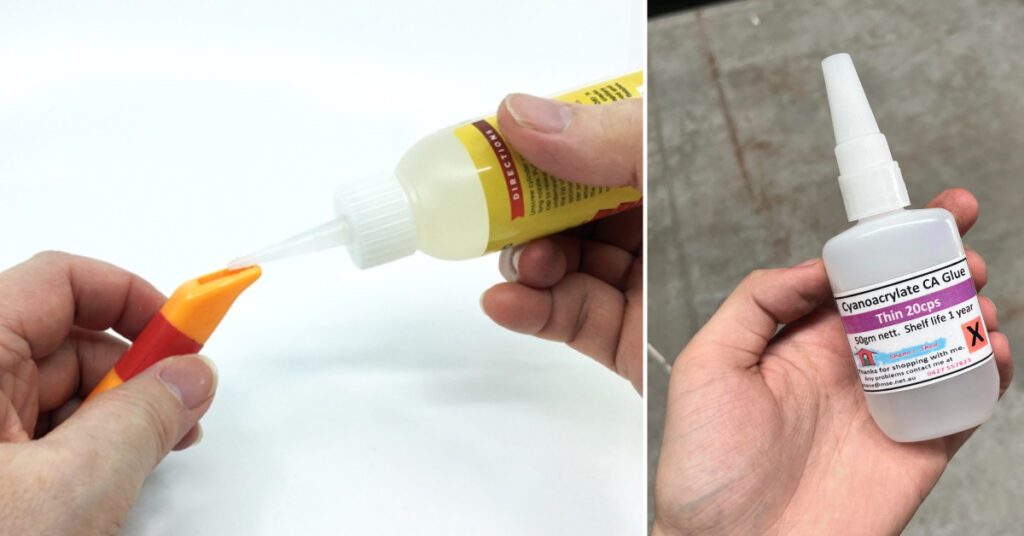
Key Takeaways
- Use acetone to thin super glue in a well-ventilated area
- Warm water can temporarily thin super glue
- Thinning allows for easier application in tight spaces
- Safety precautions are crucial when handling thinned super glue
- Consider ready-made thin formulas or precision applicators as alternatives
- Proper disposal and environmental considerations are important
Understanding Super Glue Viscosity
Super glue comes in various thicknesses, from water-like to gel consistency. The thinner the glue, the faster it spreads and sets. Thicker formulas give you more time to position your pieces before they bond. But sometimes, you need something in between.
Why Thin Your Super Glue?
You might want to thin your super glue to:
- Get into tiny cracks
- Spread evenly on porous surfaces
- Create a super-thin coating
- Buy yourself some extra working time
2 Proven Methods for How to Thin Super Glue
The Acetone Method: Best One
Here’s a step-by-step guide to thinning your super glue with acetone:
- Find a well-ventilated area
- Put on some gloves (safety first!)
- Add a few drops of pure acetone to your superglue
- Mix gently
- Test it out on a scrap piece
Remember, a little acetone goes a long way. Start with just a drop or two and add more if needed.
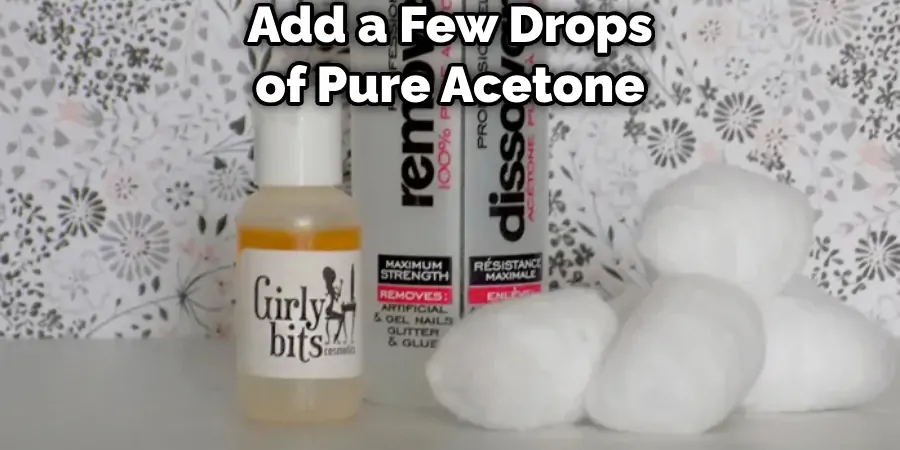
The Heat Method: A Quick Fix
If you’re in a pinch, try this:
- Put your closed super glue bottle in warm (not hot) water for 5-10 minutes
- Shake it gently
- Use it quickly before it cools down and thickens again
This method is great for temporary thinning without changing the glue’s composition.
The Science Behind Thinning
Super glue is made of cyanoacrylate monomers. When exposed to moisture, these monomers link up to form long chains, creating a strong bond. Thinners like acetone break up these chains temporarily, making the glue runnier.
Cool Applications for Thin Super Glue
- Woodworking: Fill tiny cracks and stabilize wood grain
- Electronics: Precise application in tight spots
- Jewelry making: Create delicate bonds
- Model building: Get into those hard-to-reach places
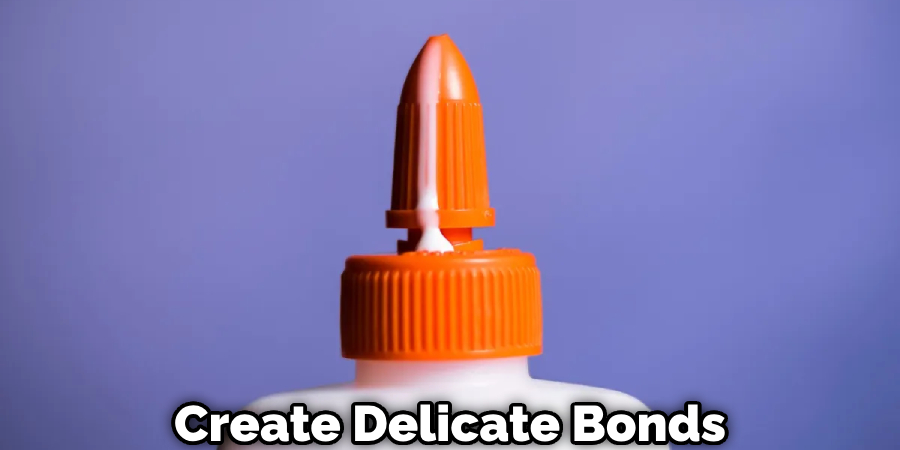
Alternatives to Thinning
Sometimes, thinning isn’t the best option. Consider these alternatives:
- Buy thin CA glue off the shelf
- Use a precision applicator tip
- Try a different adhesive that suits your needs better
Working with Thin Super Glue: Pro Tips
- Less is more – a tiny drop goes a long way
- Use a toothpick or fine-tipped applicator for precision
- Keep some baking soda handy to speed up curing if needed
- Store in a cool, dry place to maintain consistency
Safety First!
When working with super glue and thinners:
- Work in a well-ventilated area
- Wear gloves and eye protection
- Keep away from heat sources (acetone is flammable)
- Have a first aid kit nearby
If you accidentally glue your fingers together, don’t panic! Soak them in warm, soapy water and gently peel them apart. For stubborn bonds, acetone-based nail polish remover can help, but be gentle to avoid skin irritation.

Environmental and Health Considerations
Proper disposal of thinned superglue is crucial. Let it harden completely before throwing it away. Be mindful of VOCs (Volatile Organic Compounds) when using thinners, and always work in a well-ventilated area.
The Future of Super Glue
Exciting developments are happening in adhesive technology. Variable viscosity adhesives that change thickness with temperature or electrical current are on the horizon. We might soon see eco-friendly alternatives that are just as strong but easier on the environment.
Wrapping It Up
Thinning super glue can be a game-changer for your projects, but it’s not always necessary. Whether you choose to thin your glue or opt for a ready-made thin formula, the key is to match the right adhesive to your project’s needs.
So, remember these tips next time you’re stuck with glue that’s too thick. With a little know-how, you’ll be sticking things together like a pro in no time!
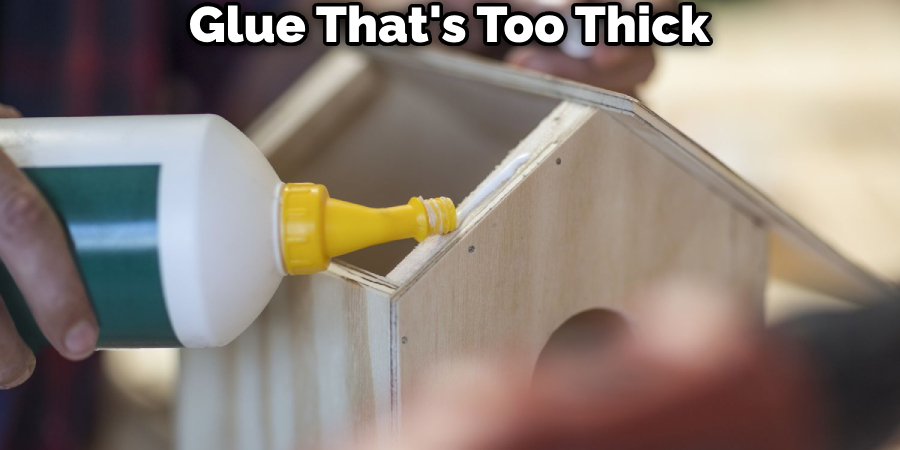
FAQs About How to Thin Super Glue
Can I Use Nail Polish Remover to Thin Super Glue?
It’s best to use pure acetone. Nail polish removers often contain other ingredients that can interfere with the glue’s performance.
How Long Does Thinned Super Glue Take to Dry?
Thinned superglue typically dries faster than regular superglue. Expect it to set in about 10-30 seconds, depending on the materials and humidity.
Is Thinned Super Glue as Strong as Regular Super Glue?
Thinned superglue may not be quite as strong as the original formula. For critical applications, it’s best to use the glue as intended by the manufacturer.
Can I Thin Gorilla Glue the Same Way?
Gorilla Glue is a different type of adhesive and doesn’t thin well with acetone. It’s best to use Gorilla Glue as is or choose a different product for your needs.
Remember, test your thinned glue on a small, inconspicuous area when in doubt. Happy gluing!

